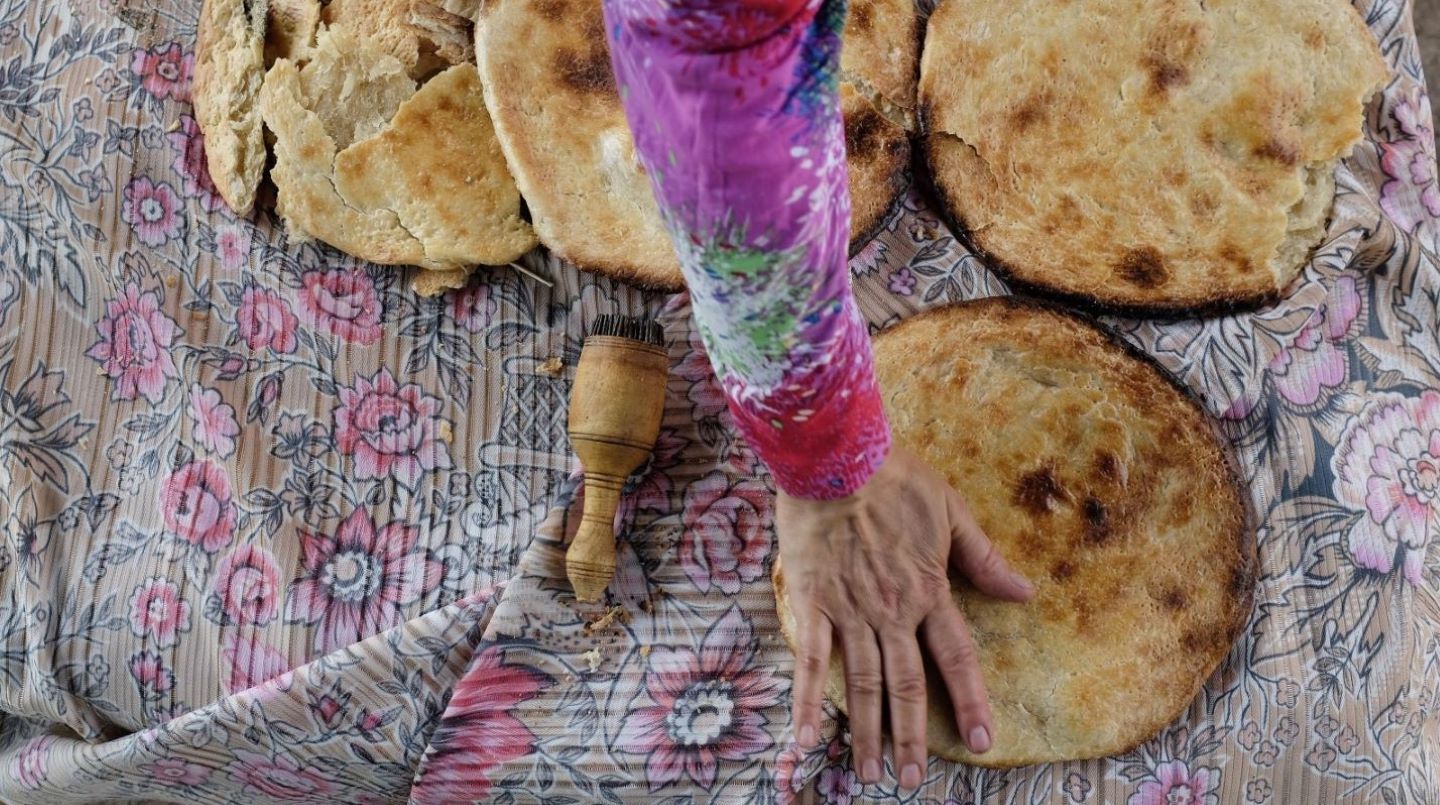We must do more to curb obesity and overweight in low- and middle-income countries
IFAD Asset Request Portlet
Asset Publisher
We must do more to curb obesity and overweight in low- and middle-income countries
Estimated reading time: 3 minutes
Healthy diets are a cornerstone of good health. But in a world contending with broken food systems and poor diets, communities in low- and middle-income countries (LMICs) are facing a growing health threat: overweight and obesity.
Once considered a high-income country problem, about 70 per cent of today’s overweight or obese people live in LMICs. As a result, these populations are at a higher risk of non-communicable diseases (NCDs) like diabetes, chronic respiratory diseases and cardiovascular diseases. Almost 80 per cent of all deaths due to NCDs are in LMICs.
This is why our projects are designed through a nutrition-sensitive lens – to ensure that rural people can grow and consume diverse, nutritious, safe and affordable foods and curb the rise of obesity and overweight.
But more needs to be done. Here are four ways IFAD can continue to battle the rise of obesity and overweight across the globe and especially among rural communities in LMICs.
- Investment and private sector involvement
IFAD's nutrition strategy focuses on both overnutrition and undernutrition, however, our investments tend to focus more on the latter.
It’s important that we pay equal attention to both and integrate obesity and overweight more systematically into IFAD’s investment design, particularly in countries that are seeing a fast rise in the number of people affected.
We must direct financing for food systems transformation towards encouraging the production and consumption of healthy food – particularly that of small-scale farmers, who need our support the most. One of the ways we can do this is by creating stronger partnerships with the private sector, whose work on food systems is significant.
-
Diversity is key
The consumption of highly processed, pre-prepared and fast foods is increasing and contributing to diet-related conditions. We must continue to encourage the diversification of food production in IFAD-supported programmes.
Starch products – like wheat, rice and cassava – are often less expensive and therefore more in demand, but diversity is key and it’s important to support policies that support the production of fruits and vegetables.
-
The importance of data
To successfully target overweight and obesity we need data that is ample and current. Only this way will we be able to properly evaluate the effectiveness of our interventions to limit overweight and obesity. Data will supply us with a clear picture of our successes as well as the areas in which we can improve and provide evidence for policy makers.
-
Governments, civil society and partnerships
In the next 15 years, the overall annual cost of overweight and obesity in LMICs is expected to reach US$ 7 trillion, yet most government policies continue to prioritize malnutrition.
It’s important for governments and all stakeholders to work together to discourage and reverse the rise in overweight and obesity by making more space in the market for healthier foods.
Obesity and overweight are linked to more deaths worldwide than underweight, despite both being largely preventable. We must act now and work together to adapt our strategies and efforts to this new reality and support rural communities by making the choice of healthier foods and regular physical activities the easiest choice.
Publication date: 02 August 2023